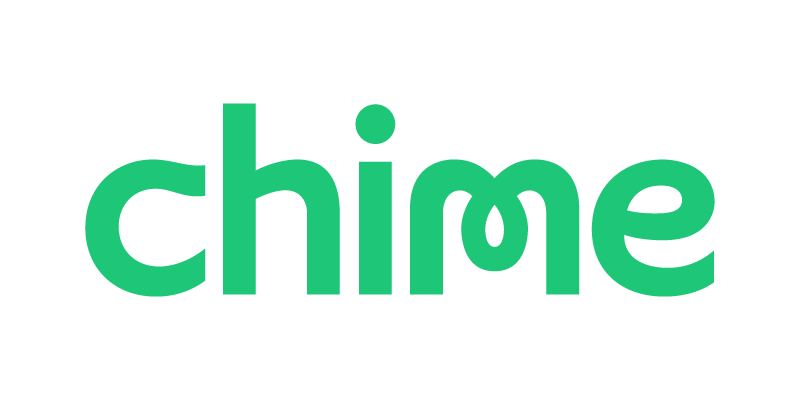How to Find an Old 401(k) — and What to Do With It

Many or all of the products featured here are from our partners who compensate us. This influences which products we write about and where and how the product appears on a page. However, this does not influence our evaluations. Our opinions are our own. Here is a list of our partners and here's how we make money.
The investing information provided on this page is for educational purposes only. NerdWallet does not offer advisory or brokerage services, nor does it recommend or advise investors to buy or sell particular stocks, securities or other investments.
There are billions of dollars sitting unclaimed in ghosted workplace retirement plans. And some of it might be yours if you’ve ever left a job and forgotten to take your vested retirement savings with you.
But no matter how long the cobwebs have been forming on your old 401(k), that money is still yours. All you have to do is find it.
How do I find my old 401(k)?
If you're not sure where your old 401(k) is, there are three places it could likely be. Here's where to find your old 401(k):
Right where you left it, in the old account set up by your employer.
In a new account set up by the 401(k) plan administrator.
In the hands of your state’s unclaimed property division.
Here’s how to start your search:
1. Contact your old employer about your old 401(k)
Employers will try to track down a departed employee who left money behind in an old 401(k), but their efforts are only as good as the information they have on file. Beyond providing 30 to 60 days notice of their intentions, there are no laws that say how hard they have to look or for how long.
If it’s been a while since you’ve heard from your former company, or if you’ve moved or misplaced the notices they sent, start by contacting your former company’s human resources department or find an old 401(k) account statement and contact the plan administrator, the financial firm that held the account and sent you updates.
If there was more than $5,000 in your retirement account when you left, there’s a good chance that your money is still in your workplace account. You may be allowed to leave it there for as long as you like, until you’re age 73, when the IRS requires you to start taking distributions, but you might not want to. Alternatively, you could do a 401(k) rollover to move that money into another retirement account.
Plan administrators have more leeway with abandoned amounts up to $5,000. If the balance is $1,000 or less, they can simply cut a check for the total and send it to your last known address, leaving you to deal with any tax consequences. For amounts more than $1,000 up to $5,000, they're allowed to move funds into an individual retirement account without your consent. These specialty IRAs are set up at a financial institution that has been federally authorized to manage the account.
The good news if a new IRA was opened for the rollover: Your money retains its tax-protected status. The bad: You have to find the new trustee, but that will change Jan. 1, 2024.
Effective in 2024, plan providers will be allowed to automatically transfer your default IRA into the 401(k) plan offered at your new job.
2. Find your 401(k) with your Social Security number
If the old plan administrator cannot tell you where your 401(k) funds went, there are several databases that can assist. You can use your Social Security number to find your lost 401(k) by popping it into some of the databases below.
National Registry of Unclaimed Retirement Benefits
The National Registry of Unclaimed Retirement Benefits works like a “missed connections” service where companies register with the site to help facilitate a reunion between ex-employees and their retirement money. Not every company is registered with this site, so if none of these searches yields results, move on to the next step.
Department of Labor's abandoned plan database
Another good place to start is with the Department of Labor’s abandoned plan database. It's provided by the Employee Benefits Security Administration. The tool helps you find out if you have a plan that's terminated, or is in the process of being terminated. You can also figure out who is doing the terminating in case you need to contact them directly.
U.S. Pension Guaranty Corp. database of unclaimed pensions
If you were covered under a traditional pension plan that was disbanded, search the U.S. Pension Guaranty Corp. database of unclaimed pensions. You'll need to provide your name, address, Social Security number, the employer’s name, and the dates you worked for the company, as well as your contact phone number.
FreeErisa
FreeErisa, an employee benefit data resource, also maintains a rundown of employee benefit plan paperwork. Users can sign up for free, but may have to pay for advanced search tools.
3. Search unclaimed property databases
If a company terminates its retirement plan, it has more options on what it’s allowed to do with the unclaimed money, no matter what the account balance.
It might be rolled into an IRA set up on your behalf, deposited at a bank, or left with the state’s unclaimed property fund. Hit up missingmoney.com, run in part by the National Association of Unclaimed Property Administrators, to do a multistate search of state unclaimed property divisions.
Note that if a plan administrator cashed out and transferred your money to a bank account or the state, a portion of your savings may have been withheld to pay the IRS.
That’s because this kind of transfer is considered a distribution (aka cashing out) and is subject to income taxes and penalties. Some 401(k) plan administrators withhold a portion of the balance to cover any potential taxes and send you and the IRS tax form 1099-R to report the income. Others don’t, which could leave you with a surprise IRS IOU to pay.
What to do with an old 401(k)
You might be able to leave your old 401(k) money where it is if it’s in your former employer’s plan. One reason to do so is if you have access to certain mutual funds that charge lower management fees available to institutional clients — such as 401(k) plans — that aren’t available to individual investors. But you’re not allowed to contribute to the plan anymore since you no longer work there.
Reasons to move your money to an IRA or to roll it into a current employer’s plan include access to a broader range of investments, such as individual stocks, a wider selection of mutual funds, and more control over account fees.
» Ready to get started? See the best IRA providers for a 401(k) rollover.
If your money was moved into an IRA on your behalf, you don’t have to — and probably shouldn’t — leave it there. Once you find your money, it’s easy to switch brokers and move your investments into a new IRA of your choosing without triggering any taxes.
Unless you enjoyed this little treasure hunt, the next time you switch jobs, take your retirement loot with you.

Member FDIC
Marcus by Goldman Sachs Online Savings Account

3.75%
$0











